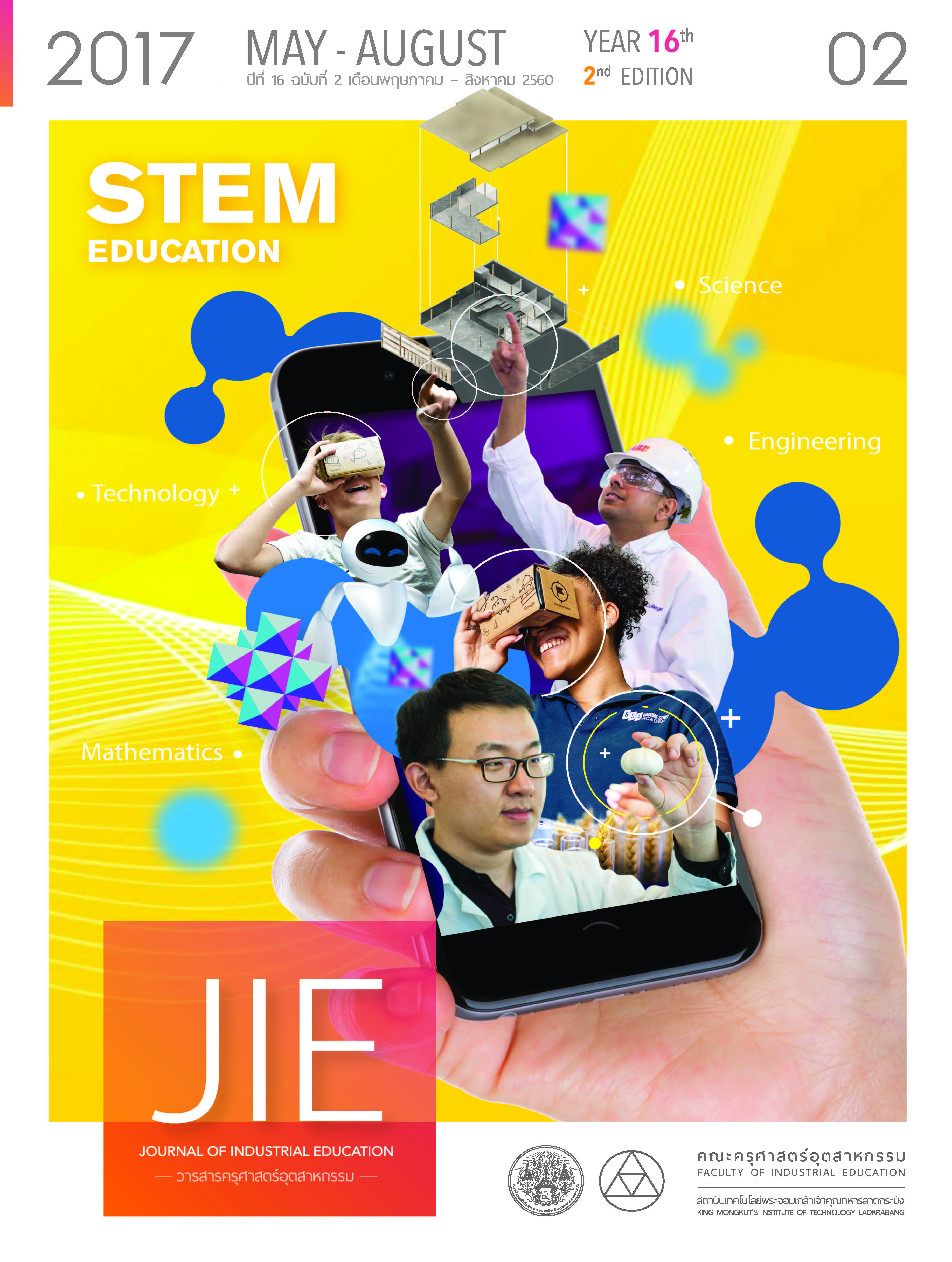USING THREE-DIMENSIONAL PRINTING TECHNOLOGY TO CREATE PRODUCT PROTOTYPES
Keywords:
Printing Technology, Three-dimensional printing Process, Material Extrusion, Prototyping, souvenirAbstract
Three-dimensional printing technology is creating a three-dimensional specimen sample with accurately, fast and precise by using a mathematical model of the object on the computer but due to the complexity of the technology and hight cost, this process is not commonly used. Presently, printer manufacturers had developed a three-dimensional printer for users to utilize personal consumption, making this technology easily accessible to a wider consumer population and at the same time, cost efficient and affordable in the market. The advantages of three-dimensional printing technology introduce ways to build a better product prototype that precisely captures the work of designers and stage an advance presentation that will help gain and build popularity in the future.
This article intends to study the three-dimensional printing technology’s printing process, the industrial (and non-industrial) applications of three-dimensional printers, the materials used in printing and the restrictions that users need to be vigilant of in the using this technology to achieve proper understanding of three-dimensional printing technology and applied to prototype souvenir products.
References
[2] Montalee Sasananun. N.2003. Product Design for Innovation and Reverse Engineering. Bangkok : Technology Promotion Association (Thailand-Japan).
[3] Bangkokbiznews. N.2015. Design from 3D technology. Retrieved February 8, 2017,from https://eureka.bangkokbiznews.com/detail/633763
[4] National Science and Technology Development Agency. N.2017. 3D Printing Technology Turns the World into a New Generation of Business Success. Retrieved February 8, 2017, from https://nstdaacademy.com/webnsa
[5] Jaturong laohapensang. N.2013. A study of methodology for Integrate local museum database with design education curriculum at higher education level. Journal of Industrial Education.12(1), p.56-62
[6] Prakit L. (n.d.). Third Industrial Revolution. Retrieved February 20, 2017, from https://applicadthai. com/articles/ revolution
[7] Barnatt, C. N.2015. 3D Printing : Christopher Barnatt. translate by Jen Chanarong. Bangkok : Q to S
[8] Jirawat Luechai , Jirasek Trimetsoontorn and Nuttawut Rojniruttikul. N,2012. Influence of Learning Organization toward knowledge and participation in work improvement for waste reduction: Case study of Thai Glass Industries Public Company Limited. Journal of Industrial Education. 11(1), p.220-229
[9] raft-300x180. 2016. A glossary of common 3D printing terms. Retrieved February 20, 2017 from https://makepartsfast.com/glossary-common-3d- printing-terms
[10] support. 2014. How 3D printers work. Retrieved February 20, 2017 from https://maker.tufts.edu/handbooks/3d-printing
[11] Royal Society. N.2011. Dictionary of Royal Academy 2011. [online]. from https://royin.go.th/dictionary/index.php. (Retrieved January 25, 2017).
[12] Nounnoi Boonwong. N.1996. Design principles. Bangkok : Chulalongkorn University.
[13] Papach Nunpukdee. N.2010. graphic design principles. Nonthaburi : IDCPremier.
[14] what-is-stl-file. 2558. What is STL file. Retrieved January 25, 2017 from https://designengineerlife.com/2015/10/what-is-stl-file
Downloads
Published
How to Cite
Issue
Section
License
"The opinions and contents including the words in papers are responsibility by the authors."
"ข้อคิดเห็น เนื้อหา รวมทั้งการใช้ภาษาในบทความถือเป็นความรับผิดชอบของผู้เขียน"



